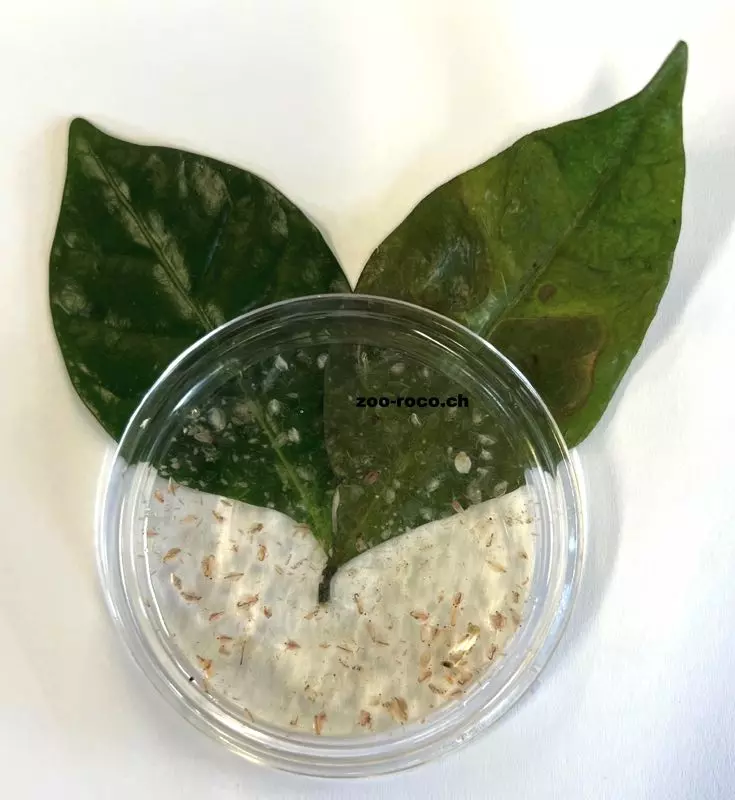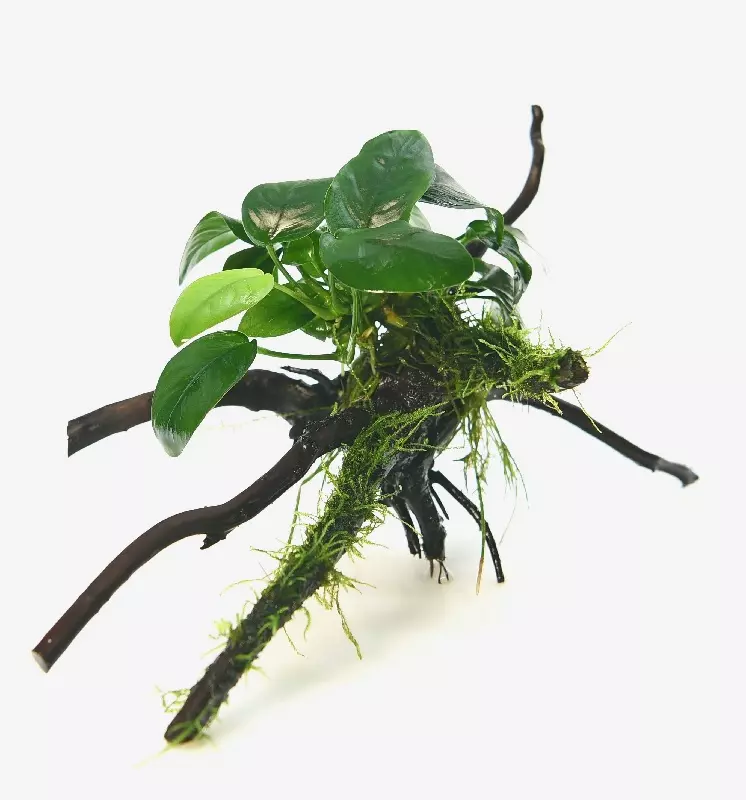

| Quantity | Unit price |
|---|---|
| To 4 |
CHF 8.90
|
| From 5 |
CHF 7.90
|
Stock: 0
This article is currently not available
Vallisneria spiralis Torta
Grosse Schrauben - Sumpfschraube
| max. Wuchshöhe | 30 - 50 cm | Herkunftsland | Afrika, Asien |
|---|---|---|---|
| Eignung | Barschaquarium, Gesellschaftsaquarium | Typ | Rosette |
| Familie | Hydrocharitaceae | Gattung | Vallisneria |
| Vermehrung | Ausläufer | Wuchsgeschwindigkeit | mittel |
| pH | 6 - 9 | Wasserhärte | 10 - 30 °dh |
| Hinweise | |||
Eine sehr dekorative Sorte der Vallisneria spiralis mit einer gedrehten Wuchsform. Sie wird im Handel auch als ´Schraubenvallisnerie´ bezeichnet. Mit einer Höhe von 30-50 cm bleiben die Blätter deutlich kürzer als bei der Stammform. In der Kultur ist sie ebenfalls anspruchslos, lediglich die Lichtstärke sollte etwas höher sein als bei der normalen V. spiralis. Die Sorte ´Torta´ ist für den Mittelgrund von kleinen, oder den Hintergrund von größeren Aquarien geeignet.
| Aquarium: | Community aquarium, Perch aquarium |
|---|---|
| Feature: | In the background, In the middle ground, Rosette plants |
| Genus: | Vallisneria |
| Growth: | medium |
| Origin: | Africa, Asia |
| Properties: | Rosette plants |
| Stand: | In the background, In the middle ground |
1 of 1 reviews
5 out of 5 stars
Login
4 June 2017 10:41
Top Pflanze, gut im Wuchs und Farbe
Top Kontakt, schnelle Lieferung, danke.
Similar products
Customers also viewed




















